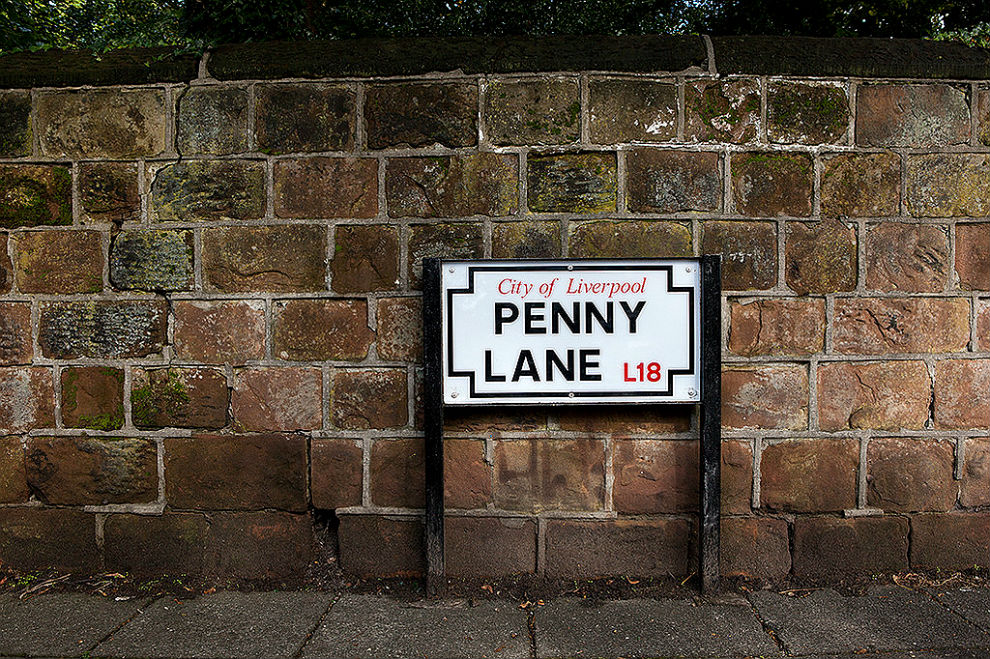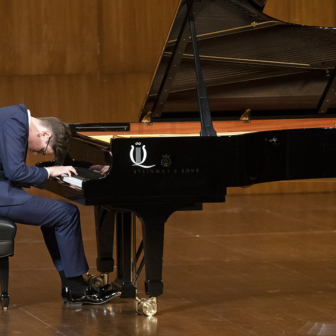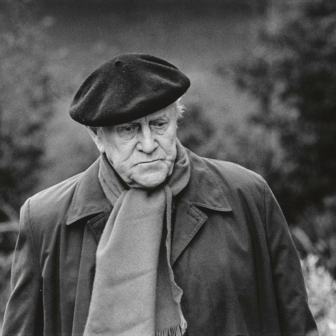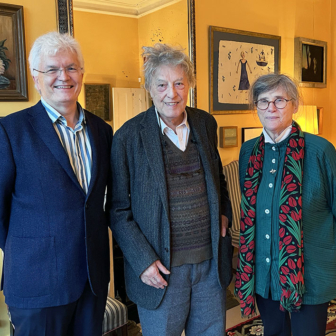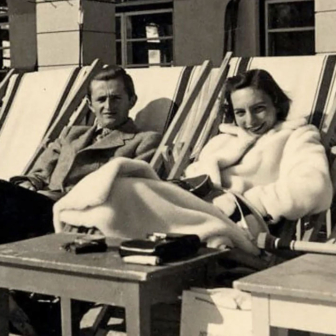In February 1967, EMI released the double-A-side single of “Penny Lane” and “Strawberry Fields Forever.” Only the previous month, my family had moved from the Beatles’ home town of Liverpool to a Kentish village on the outskirts of London – now, suddenly, here was the Beatles’ most Liverpudlian recording, the titles of both songs mentioning places in the city itself. To this nine-year-old, the record was already a matter of nostalgia.
It’s in our memories that we make sense of music, so something like nostalgia is probably inevitable. Because most music involves some element of repetition, memory plays a role even when we’re hearing it for the first time. In a short song, this is most commonly a chorus, but while it might retain precisely the same features on each appearance, we won’t hear the final chorus of a song in quite the same way as the first. Verses intervene, the song moves on and our perceptions move too. When we hear the song for the second or tenth or hundredth time, other memories come into play: memories of the first time we heard it, the associations it conjures, the music we’ve listened to in the meantime. Of course, every song will have a different set of memories for each listener.
“Penny Lane” has musical features among which we might single out Paul McCartney’s gorgeous bass line, easy to miss with all those piccolo trumpet adornments. Harmonically, the most striking aspect is that while the song is in B major, the chorus is in A. Going into the chorus, the melody rises but the tonality drops, giving the words “Penny Lane is in my ears and in my eyes” an aura of nostalgia. The lyrics are all present tense, but the song as a whole resembles a sepia-tinged home movie. And as it moves through its three-minute span, the chorus (the words of which change in the middle of the song) becomes yet more nostalgic in feeling. Then at the end, the chorus is sung twice, the second time jumping up triumphantly to the bright B major of the verse, complete with fanfare decorations from the trumpet. It’s quite a homecoming.
It would be perfectly possible and might seem more appropriate to present a similar analytical overview of a classical work. We can talk about keys and modulations, bass lines, melodies and instrumentation. We are less likely, I think, to relate a Beethoven symphony or a Brahms concerto or even a Schubert song to a moment in our lives. I think this is to do with the nature of the music itself.
There is something architectural about a symphony or a concerto. With a long span of music, form is as important as content; indeed, in most of the greatest works the two are inseparable. Even when the music is in three or four movements, they will be related to each other, creating a whole that, if not monolithic, is at least unified. It’s the same with the dozen or more individual numbers that typically make up a song cycle.
As listeners, we enter these works as we might enter a building; we look around, we explore. When we return to a familiar edifice by Beethoven or Brahms, our memories will affect what we discover. We will notice things we hadn’t spotted before; some details we thought we remembered will seem different. It’s inevitable with music on such a scale. I have been listening to Beethoven’s sixth symphony – the Pastoral symphony – for even longer than “Penny Lane,” and I am still discovering things.
But while I can certainly recall the yellow and green cover of my parents’ LP (Erich Kleiber conducting the Concertgebouw Orchestra) and the front room of our home in suburban Liverpool where I listened to it, the music does not summon these memories. When I hear the opening bars of the symphony, I am taken into Beethoven’s world, but when I hear the start of “Penny Lane,” I am taken into my own.
We go to classical music, but pop music comes to us – like it or not. We set aside time to listen to Beethoven, but the Beatles invade our lives. It is small wonder, then, that we associate pop songs with the time and place in which we most vividly encountered them, the girlfriend we had at the time, the summer holiday we were on, the college we were at.
The ubiquitous fade at the end of so much pop and rock music (though not, in fact, “Penny Lane”) represents more than an inability to think of a proper ending. Symbolically, it prolongs a short musical work of two, three or four minutes even to infinity. Pop music wants us to remember it, to recognise its sound, to prick up our ears at its familiar opening bars; the fade-out encourages us to believe the song will never end, that we still have that girlfriend, that we’re still on that holiday. •
